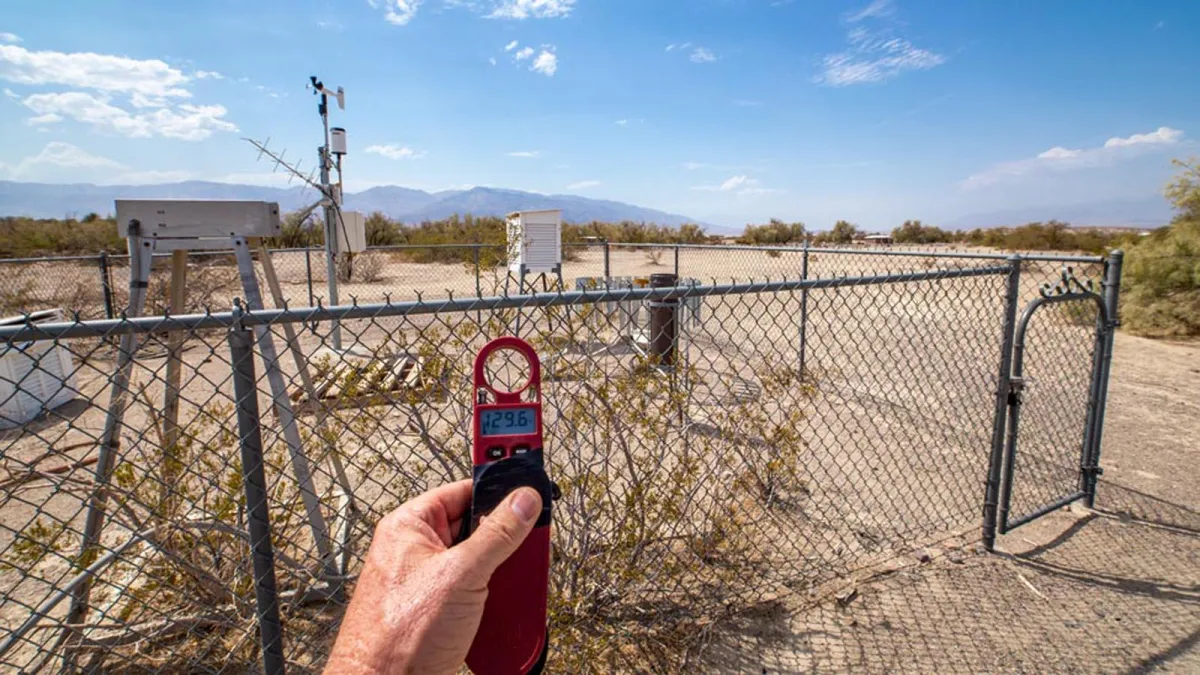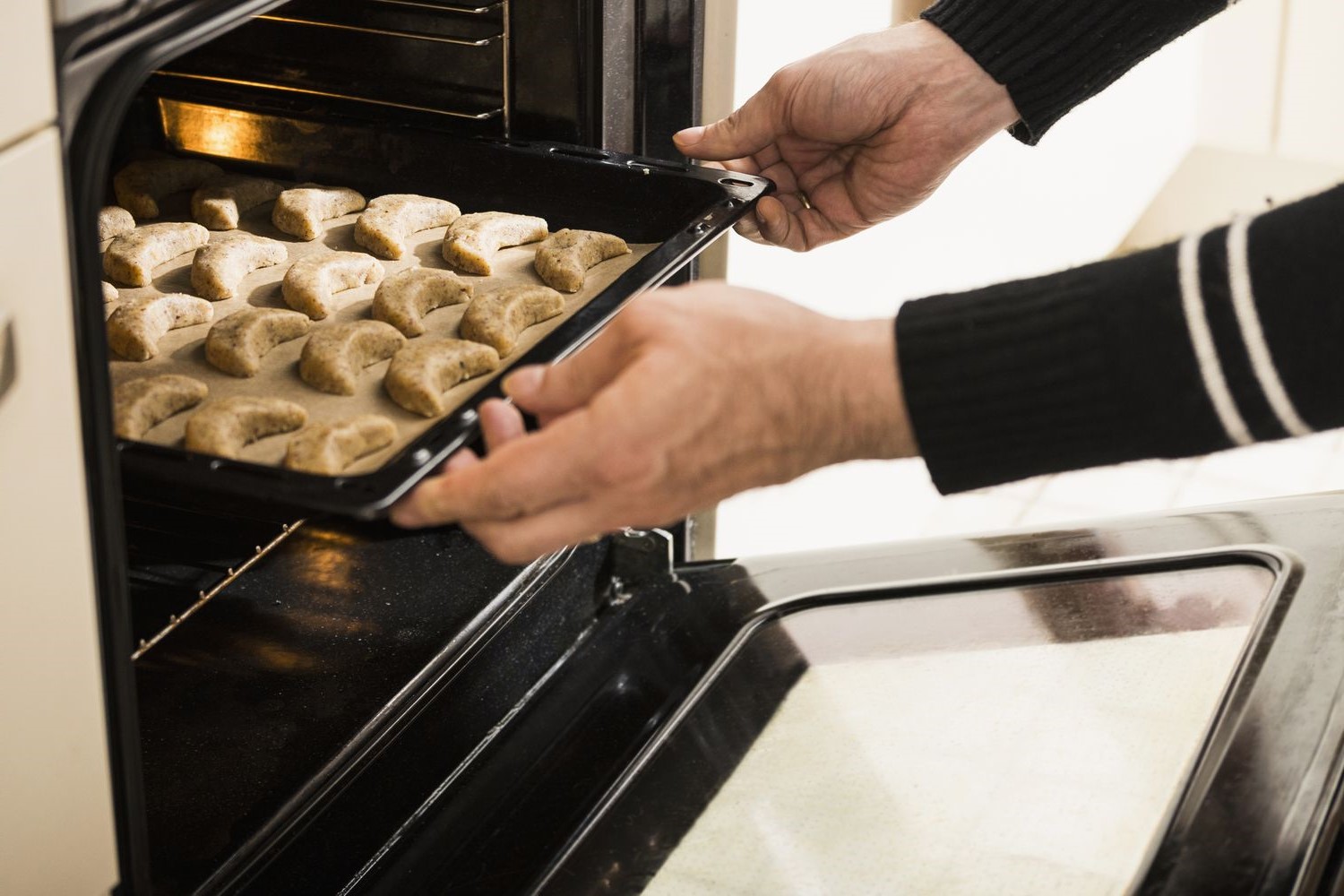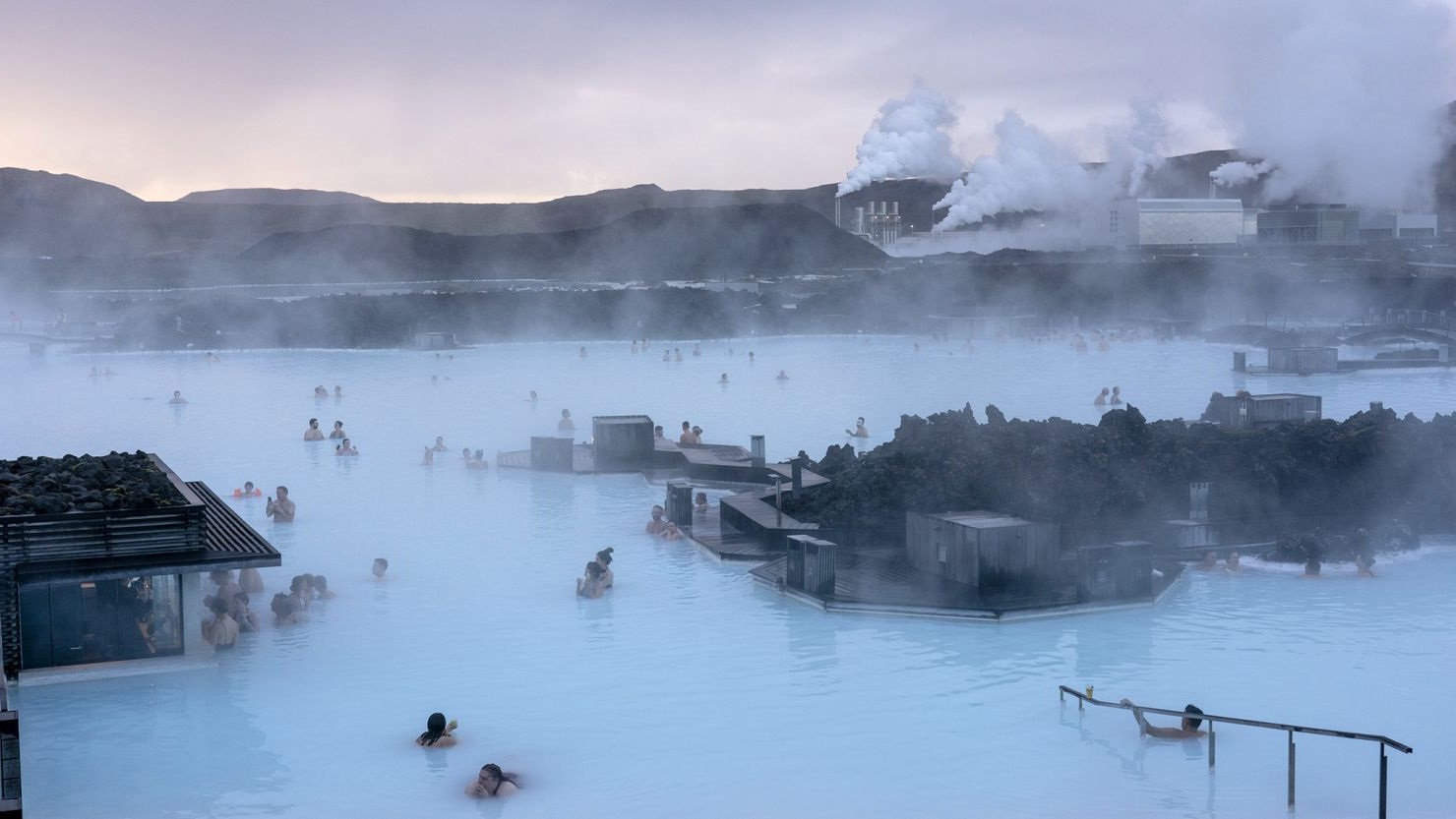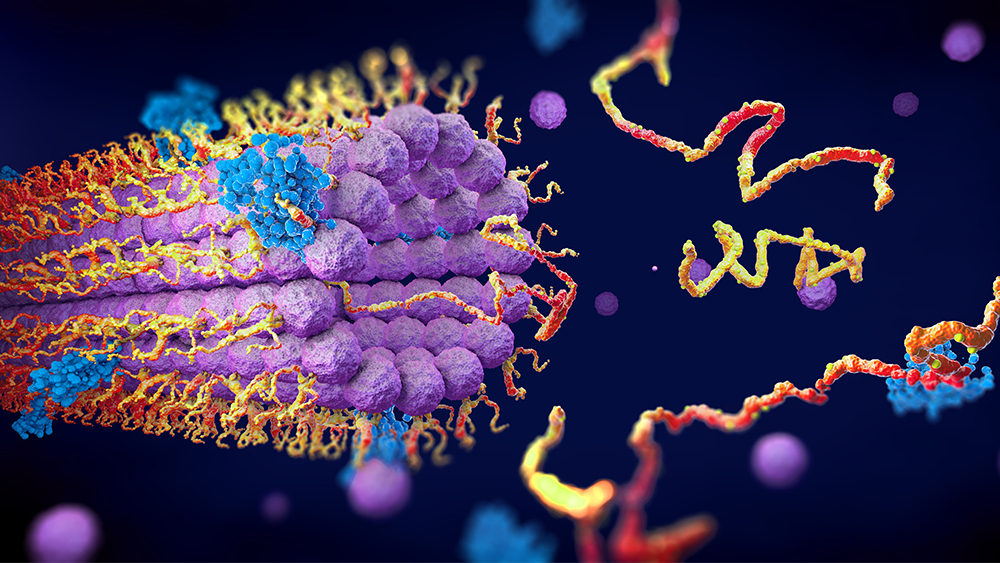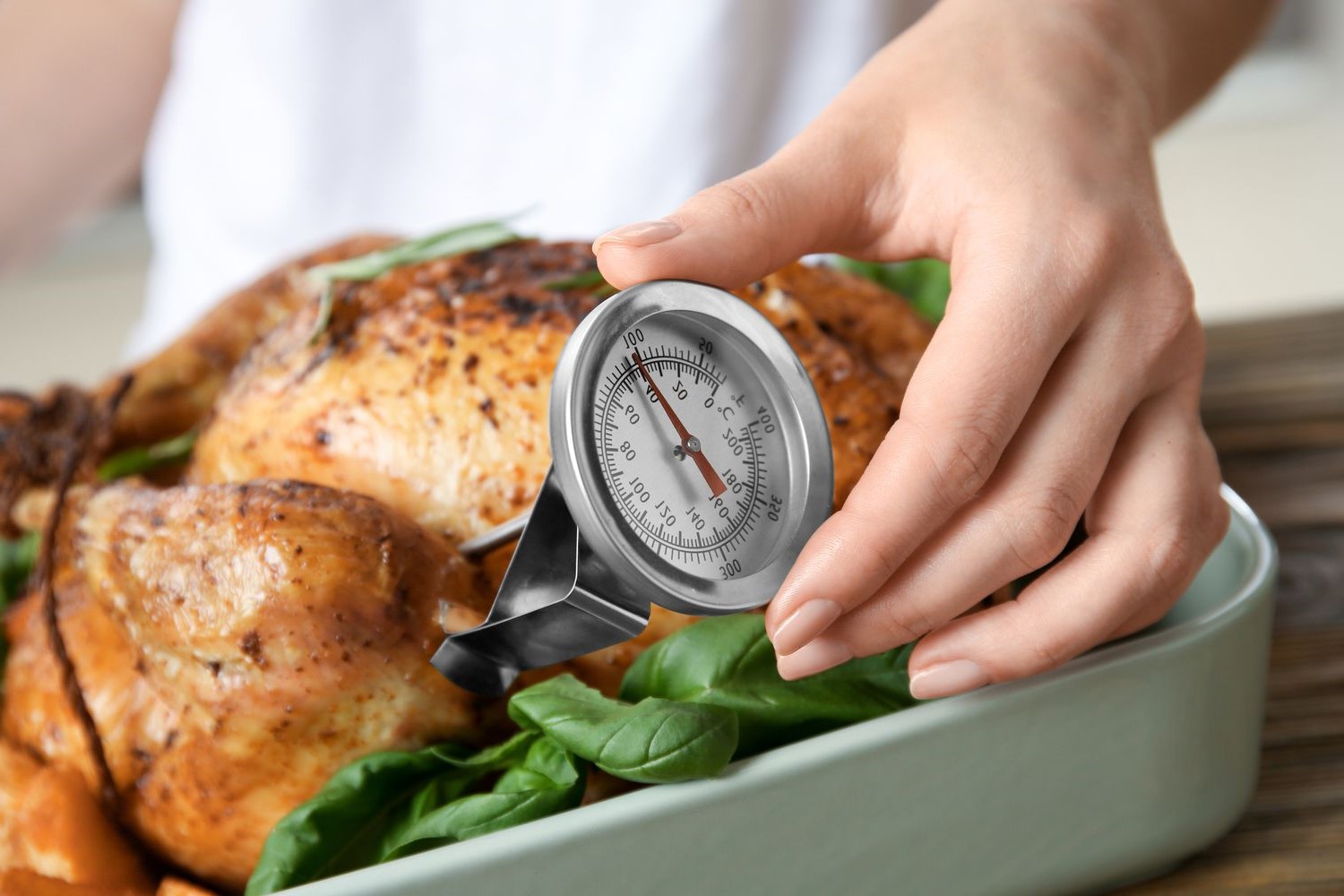Home>Science & Environment>The Lethal Temperature For Roaches
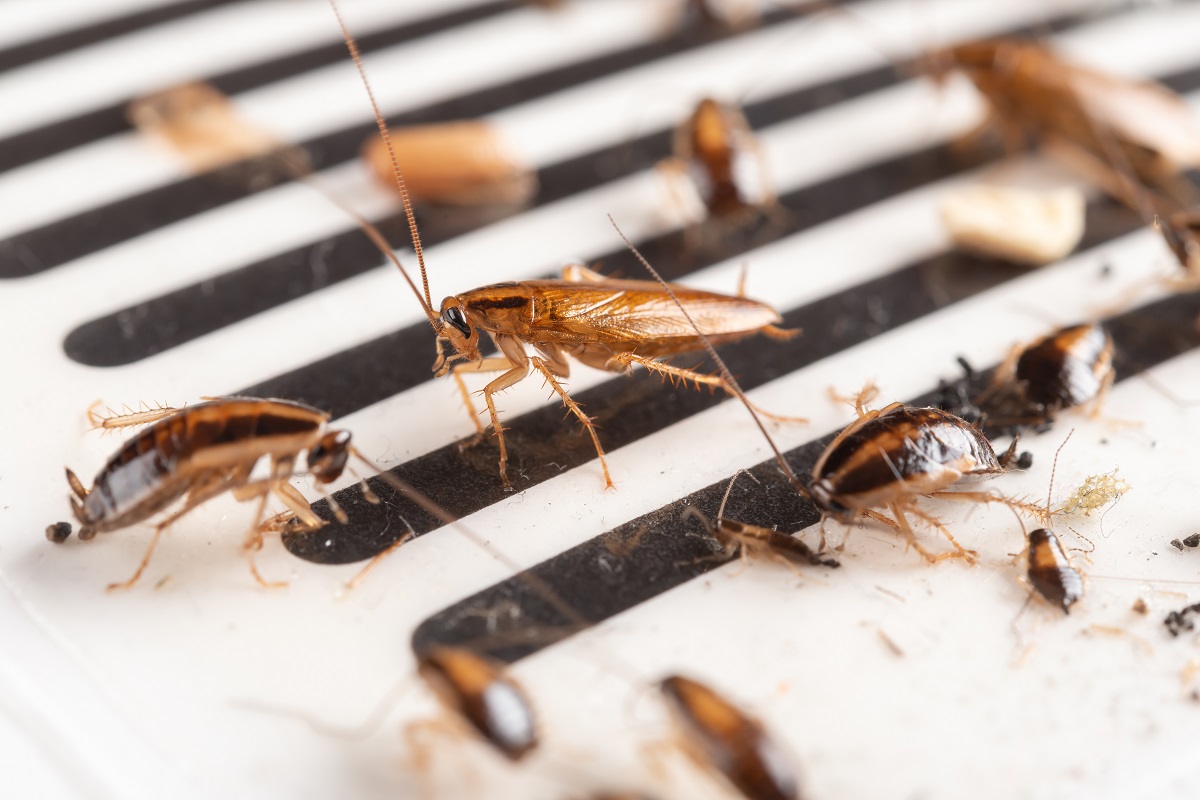

Science & Environment
The Lethal Temperature For Roaches
Modified: April 28, 2024
Learn about the lethal temperature for roaches and its impact on the environment. Explore the science behind roach control and environmental implications. Gain insights into the intersection of science and the environment.
(Many of the links in this article redirect to a specific reviewed product. Your purchase of these products through affiliate links helps to generate commission for Temperatures.com, at no extra cost. Learn more)
Table of Contents
Introduction
Cockroaches, often regarded as one of the most resilient and adaptable pests, have thrived on Earth for millions of years. Their ability to survive in diverse environments, including extreme temperatures, makes them a formidable challenge for pest control efforts. Understanding the impact of temperature on these tenacious insects is crucial for effective pest management strategies.
In this article, we delve into the intricate relationship between temperature and the survival of cockroaches. By exploring the behavior of roaches in response to temperature, the effects of extreme temperatures on their physiology, and the factors influencing their lethal temperature, we aim to provide valuable insights for controlling roach infestations through temperature regulation.
Cockroaches, belonging to the order Blattodea, exhibit remarkable resilience to adverse environmental conditions. Their ability to thrive in a wide range of temperatures, from tropical to temperate climates, has contributed to their status as pervasive household pests. As such, comprehending the nuances of how temperature influences their behavior and survival is paramount in the quest for effective pest management solutions.
Throughout this article, we will uncover the intricate mechanisms that govern the response of cockroaches to temperature fluctuations, shedding light on the physiological and behavioral adaptations that enable them to endure harsh environmental conditions. Furthermore, we will explore the potential implications of extreme temperatures on the survival and reproductive capabilities of these resilient insects.
By gaining a deeper understanding of the lethal temperature thresholds for cockroaches and the factors that influence these thresholds, we can develop targeted approaches to control and eradicate roach infestations. Leveraging this knowledge, we will also explore methods for manipulating temperature as a means of pest control, offering practical insights for homeowners and pest management professionals alike.
Join us on this enlightening journey as we unravel the intricate interplay between temperature and the survival of cockroaches, paving the way for more effective and sustainable strategies to combat these resilient pests.
The Behavior of Roaches in Response to Temperature
Cockroaches, being cold-blooded creatures, are highly sensitive to temperature variations, which profoundly influence their behavior and physiological processes. As ectothermic organisms, they rely on external sources to regulate their body temperature, making them particularly susceptible to environmental conditions. When exposed to high temperatures, roaches exhibit a notable increase in activity levels, seeking cooler environments to avoid heat stress. Conversely, in colder temperatures, their movements become sluggish as they seek warmth to maintain metabolic functions.
In response to elevated temperatures, roaches display a heightened sense of urgency in their quest for cooler habitats. This behavior is driven by their instinctual need to avoid desiccation and heat-induced mortality. Seeking refuge in dark, sheltered areas such as crevices, wall voids, and beneath appliances, they aim to minimize their exposure to extreme heat. Additionally, cockroaches may alter their foraging patterns, becoming more active during the cooler hours of the day to mitigate the impact of high temperatures.
Conversely, when confronted with cold temperatures, roaches exhibit a contrasting set of behaviors. Their movements become lethargic as they prioritize conserving energy and seeking warmth. This often leads them to seek refuge in insulated areas within human dwellings, such as behind baseboards, within wall voids, or near heat-emitting appliances. By congregating in these warm microenvironments, roaches can sustain their metabolic functions and survive the adverse effects of cold temperatures.
Furthermore, temperature fluctuations can influence the reproductive behavior of cockroaches. High temperatures may accelerate their reproductive cycles, leading to increased egg production and population growth. In contrast, cold temperatures can impede their reproductive capabilities, potentially reducing the rate of population expansion.
Understanding the intricate behavioral responses of cockroaches to temperature variations is pivotal for devising effective pest management strategies. By leveraging this knowledge, homeowners and pest control professionals can strategically manipulate temperature conditions to disrupt the survival and reproductive capabilities of roaches, ultimately contributing to more successful pest control interventions.
The Effects of Extreme Temperatures on Roaches
Extreme temperatures exert profound effects on the physiology, behavior, and survival of cockroaches. When subjected to excessively high temperatures, roaches experience a cascade of detrimental effects that compromise their survival. Heat stress disrupts their metabolic processes, leading to dehydration and eventual desiccation. As ectothermic organisms, cockroaches are unable to internally regulate their body temperature, rendering them highly susceptible to heat-induced mortality. Prolonged exposure to extreme heat can result in irreversible damage to their vital organs and physiological systems, ultimately culminating in death.
Conversely, exposure to extremely low temperatures poses a distinct set of challenges for roaches. Cold stress impairs their mobility and metabolic functions, diminishing their ability to forage for food and seek shelter. Furthermore, prolonged exposure to cold temperatures can lead to frostbite, causing tissue damage and impairing their physiological resilience. In severe cases, prolonged exposure to cold temperatures can lead to hypothermia, ultimately resulting in mortality.
Moreover, extreme temperatures can disrupt the reproductive capabilities of cockroaches. High temperatures may accelerate their reproductive cycles, leading to an increase in egg production and population growth. Conversely, cold temperatures can impede their reproductive processes, potentially reducing the rate of population expansion. This intricate interplay between temperature and reproductive behavior underscores the pivotal role of temperature in shaping the dynamics of roach infestations.
Understanding the effects of extreme temperatures on roaches is instrumental in devising targeted pest management strategies. By leveraging this knowledge, homeowners and pest control professionals can strategically manipulate temperature conditions to disrupt the survival and reproductive capabilities of roaches, thereby enhancing the efficacy of pest control interventions. Through a comprehensive understanding of the impact of extreme temperatures on roaches, we can develop innovative and sustainable approaches to mitigate the resilience of these formidable pests.
Factors Affecting the Lethal Temperature for Roaches
The lethal temperature for roaches, defined as the threshold at which these resilient insects succumb to extreme heat or cold, is influenced by a myriad of factors that intricately shape their physiological resilience and survival capabilities. Understanding these factors is pivotal in devising targeted pest management strategies that leverage temperature manipulation to effectively control roach infestations.
-
Species Variability: Different species of cockroaches exhibit varying tolerances to extreme temperatures. For instance, the German cockroach (Blattella germanica) demonstrates a higher resistance to cold temperatures compared to the American cockroach (Periplaneta americana). This species-specific variability in thermal tolerance underscores the importance of considering the unique physiological adaptations of different roach species when assessing lethal temperature thresholds.
-
Developmental Stage: The developmental stage of roaches significantly influences their susceptibility to extreme temperatures. Immature nymphs and eggs are generally more vulnerable to temperature extremes compared to adult roaches. High temperatures can desiccate and kill delicate nymphs, while cold temperatures can impede their growth and development. Understanding the differential susceptibility of roach life stages to extreme temperatures is crucial for implementing targeted interventions that disrupt their reproductive cycles and population growth.
-
Acclimation and Pre-Exposure: Roaches have the capacity to acclimate to suboptimal temperature conditions over time, enhancing their tolerance to extreme temperatures. Additionally, pre-exposure to sublethal temperatures can induce physiological adaptations that bolster their resilience to subsequent temperature extremes. This phenomenon, known as thermal acclimation, underscores the dynamic nature of roach thermal tolerance and the potential for adaptive responses to environmental stressors.
-
Environmental Conditions: The ambient environmental conditions, such as humidity levels and availability of shelter, can modulate the lethal temperature thresholds for roaches. High humidity levels can mitigate the desiccating effects of extreme heat, prolonging roach survival, while low humidity exacerbates the impact of high temperatures. Similarly, the presence of sheltered microenvironments within human dwellings can provide roaches with refuge from extreme temperatures, influencing their overall thermal tolerance.
-
Genetic and Physiological Factors: The genetic makeup and physiological adaptations of roaches play a pivotal role in determining their thermal tolerance. Certain genetic traits and physiological mechanisms enable roaches to withstand extreme temperatures by regulating their metabolic processes, water balance, and cellular integrity. Understanding the genetic and physiological underpinnings of roach thermal tolerance can provide valuable insights for developing targeted pest management strategies that exploit these vulnerabilities.
By comprehensively examining these factors, we gain a nuanced understanding of the complex interplay between temperature and the survival of roaches. Leveraging this knowledge, homeowners and pest control professionals can implement tailored approaches to manipulate temperature conditions and disrupt the resilience of roach populations, ultimately contributing to more effective and sustainable pest management practices.
Methods for Controlling Roach Infestations through Temperature Regulation
Implementing temperature regulation as a strategic tool for controlling roach infestations entails leveraging the intricate relationship between temperature and the survival of these resilient pests. By manipulating temperature conditions within human dwellings, homeowners and pest control professionals can disrupt the physiological resilience and reproductive capabilities of roaches, ultimately contributing to more effective pest management interventions.
Read more: Average Temperature In Atlanta
Heat Treatment
Heat treatment, also known as thermal remediation, is a highly effective method for eradicating roach infestations by subjecting the affected areas to elevated temperatures. This approach involves utilizing specialized equipment to raise the ambient temperature to levels that are lethal to roaches, typically ranging from 120°F to 140°F. Prolonged exposure to these elevated temperatures effectively eradicates roaches at all life stages, including eggs and nymphs, by disrupting their metabolic processes and causing irreversible damage to their vital organs. Heat treatment offers a non-toxic and environmentally friendly alternative to traditional chemical-based pest control methods, making it particularly appealing for environmentally conscious homeowners and pest management professionals.
Cold Treatment
Conversely, cold treatment can be employed to control roach infestations by subjecting the affected areas to suboptimal temperatures that impede roach survival and reproductive capabilities. This approach involves lowering the ambient temperature to levels that induce cold stress in roaches, inhibiting their mobility and metabolic functions. Prolonged exposure to these suboptimal temperatures can lead to frostbite and hypothermia, ultimately compromising the resilience of roach populations. Cold treatment presents a viable alternative for pest control in scenarios where heat treatment may not be feasible or practical, offering a versatile and comprehensive approach to temperature-based pest management.
Integrated Temperature Management
Integrated temperature management encompasses the strategic integration of heat and cold treatments, complemented by environmental modifications, to create inhospitable conditions for roaches. By alternating between heat and cold treatments, coupled with humidity regulation and targeted environmental modifications, homeowners and pest control professionals can disrupt the adaptive responses of roaches and prevent the resurgence of infestations. This comprehensive approach leverages the dynamic interplay between temperature, humidity, and environmental factors to create a hostile habitat for roaches, ultimately enhancing the long-term efficacy of pest management interventions.
Temperature Monitoring and Control
Deploying advanced temperature monitoring and control systems within residential and commercial settings enables proactive management of temperature conditions to deter roach infestations. Utilizing smart temperature sensors and automated climate control systems, homeowners and facility managers can maintain optimal temperature ranges that discourage roach activity and reproduction. By leveraging technology to regulate temperature conditions, proactive measures can be implemented to prevent the establishment and proliferation of roach populations, fostering a pest-resistant environment.
By embracing these innovative methods for controlling roach infestations through temperature regulation, homeowners and pest control professionals can harness the power of temperature manipulation to effectively combat roach infestations. This proactive and sustainable approach not only offers a non-toxic and environmentally friendly alternative to traditional pest control methods but also contributes to the creation of pest-resistant habitats, fostering healthier and more sustainable living environments for all.
Read more: Understanding The Temperature Of Venus
Conclusion
In conclusion, the intricate interplay between temperature and the survival of cockroaches unveils a realm of opportunities for innovative and sustainable pest management strategies. By unraveling the behavioral responses of roaches to temperature fluctuations, understanding the effects of extreme temperatures on their physiology, and examining the factors influencing their lethal temperature thresholds, we gain valuable insights that can revolutionize the approach to roach infestation control.
The behavioral adaptability of roaches in response to temperature variations underscores the resilience of these pests and their remarkable capacity to thrive in diverse environmental conditions. Their heightened activity levels in response to high temperatures and sluggish movements in cold environments exemplify their adeptness at seeking refuge and adapting to temperature stressors. Furthermore, the influence of temperature on the reproductive behavior of roaches accentuates the pivotal role of temperature in shaping the dynamics of roach infestations.
The effects of extreme temperatures on roaches, encompassing heat-induced desiccation and cold-induced mobility impairment, underscore the potential vulnerabilities that can be leveraged for targeted pest management interventions. Understanding the factors affecting the lethal temperature for roaches, including species variability, developmental stage, acclimation, environmental conditions, and genetic and physiological factors, provides a comprehensive framework for devising tailored approaches to disrupt their resilience.
Moreover, the methods for controlling roach infestations through temperature regulation, such as heat treatment, cold treatment, integrated temperature management, and temperature monitoring and control, offer a diverse array of tools for homeowners and pest control professionals to combat roach infestations effectively. By strategically manipulating temperature conditions and leveraging advanced technologies, a proactive and sustainable approach to pest management can be realized, fostering pest-resistant habitats and healthier living environments.
In essence, the profound impact of temperature on the survival and behavior of cockroaches unveils a paradigm shift in pest management, offering a holistic and environmentally conscious approach to combat roach infestations. By embracing the dynamic interplay between temperature, behavior, and physiological resilience, we pave the way for a future where innovative temperature-based strategies redefine the landscape of pest control, fostering healthier and more sustainable living environments for all.




